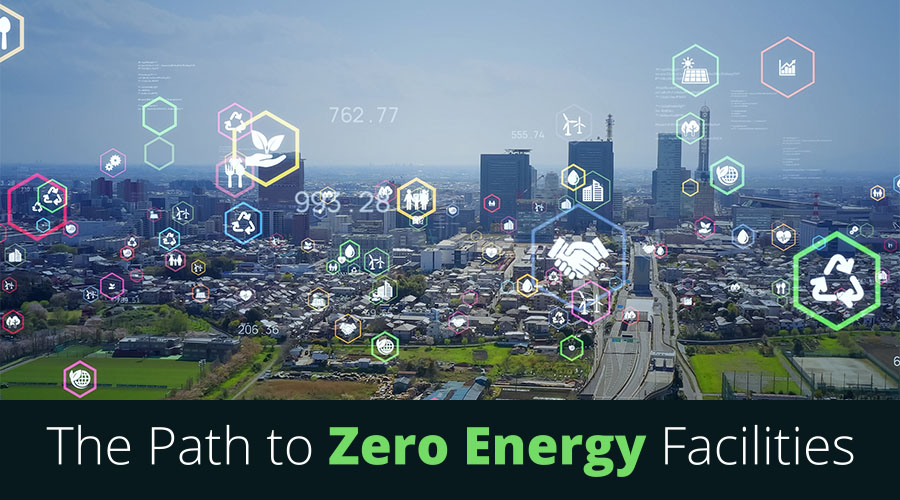Alexi Miller, Associate Technical Director, New Buildings Institute, has been tracking the zero-energy building sector for over a decade and is currently tracking more than 700 zero-energy verified and emerging buildings across North America.
He draws from this industry-leading dataset to identify key technologies and strategies and help shine a light on what's next for facilities. The webcast covers topics relevant to all major space types in new and existing commercial buildings.
Key topics covered include:
- The state of the zero energy/carbon neutral buildings market
- Critical trends like building system electrification and building-grid integration
- Relevant changes coming to codes and standards
Here's a preview:
Let's talk a bit about how buildings tend to get there. You've probably heard efficiency first. That's often been discussed in terms of electricity grid. The loading order efficiency is the first fuel is a phrase that gets kicked around some and that's definitely the case in zero energy buildings.
Typically the way buildings want to get there is they start with energy efficiency, set an aggressive energy performance target, usually set as an EUI, and then these other components kind of stack on top of that.
This is a graphic from WSP consultancy and this is an example building where they're showing carbon emissions. This is not quite the same as energy. This is how their carbon emissions stack out from their building. Usage dropped from energy efficiency a bit more from going to all electric building grid interactivity — which I'll get to in a minute. You've got some other pieces: embodied carbon refrigerants from fugitive emissions; from there, on-site renewables; and then that last step is achieved by the electricity supply coming into the building.
I'm going to talk about all those and there's a lens I like to use here. Like I said, we do a lot of work in policy as well as directly in buildings. Talking about technology and, you know, wrench turning, but those policies filter down to the building in a very real way.
So, we've been thinking about the five foundations of zero carbon building policy and this filters right down to the five foundations of getting to zero carbon performance in a building as well as what building owners and facility managers need to do when that policy comes down. Or, even if it's not a direct policy coming down, it's filtering down one way or another that may be through utility rates, for example.
I'm going to run through some content on these five policies and I'm going to be using building performance information as well as some key trends from those zero energy buildings that were mentioned earlier. I'm going to get into that buildings database of 720 some buildings across North America, as well as other content from some of our other resource research.
Let me start with energy efficiency, it being, after all, the first fuel if we look at the site EUI kbtu per square feet per square foot per year. Just annual flat typical energy use intensity of the buildings gets into the zero buildings database. We're seeing an overall median of somewhere around 20 to 23 kb2 per square foot per year.





